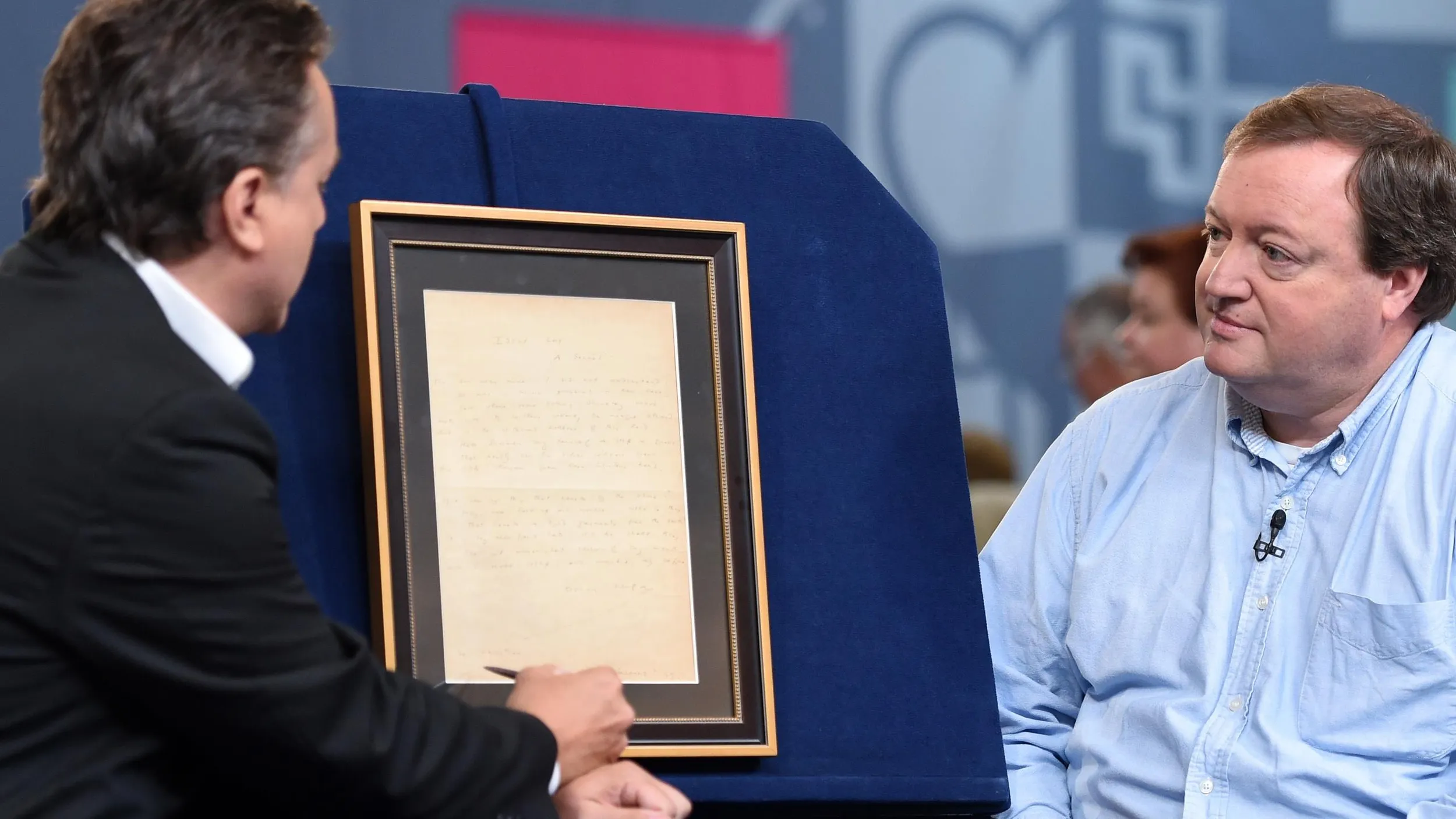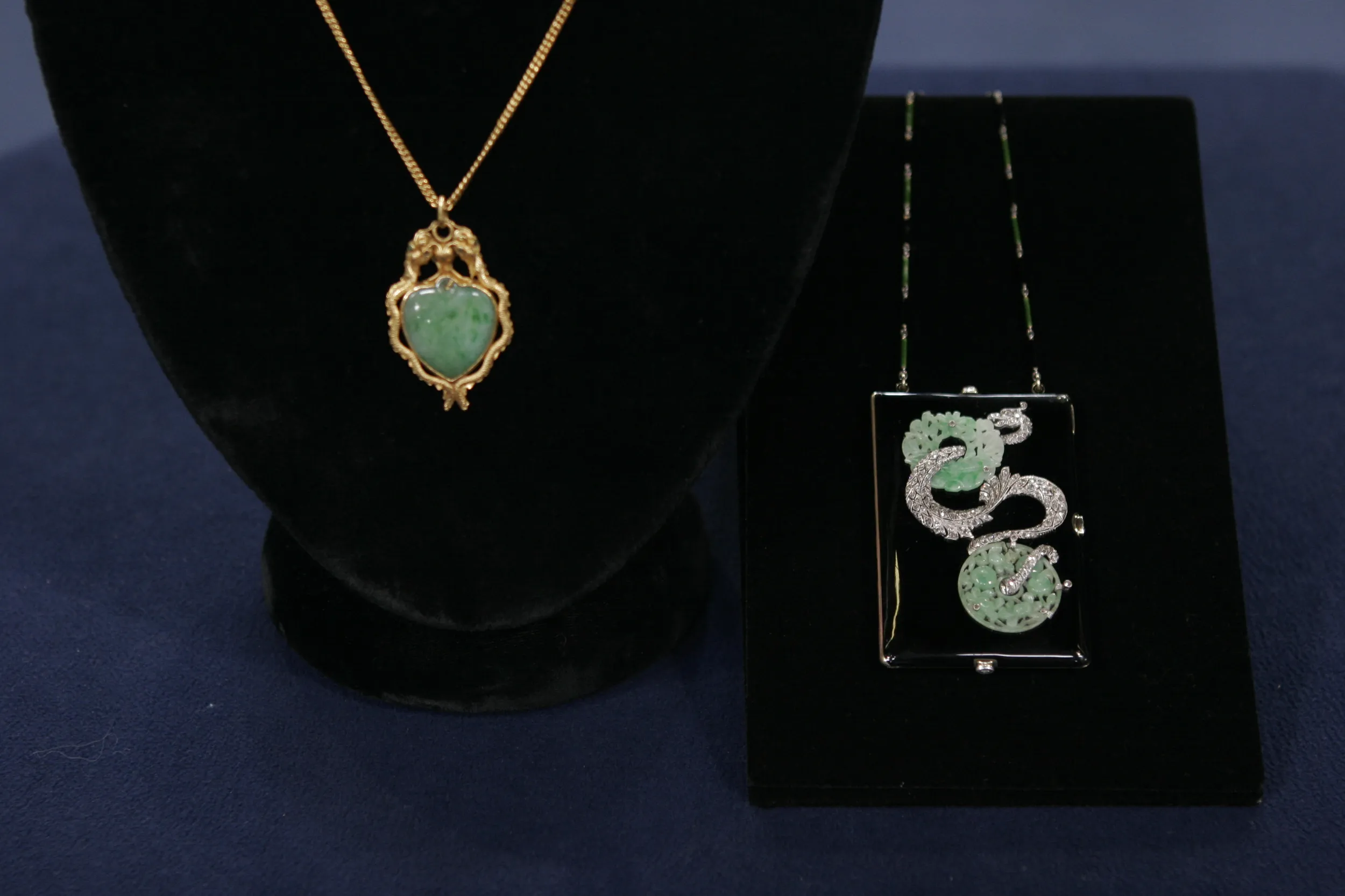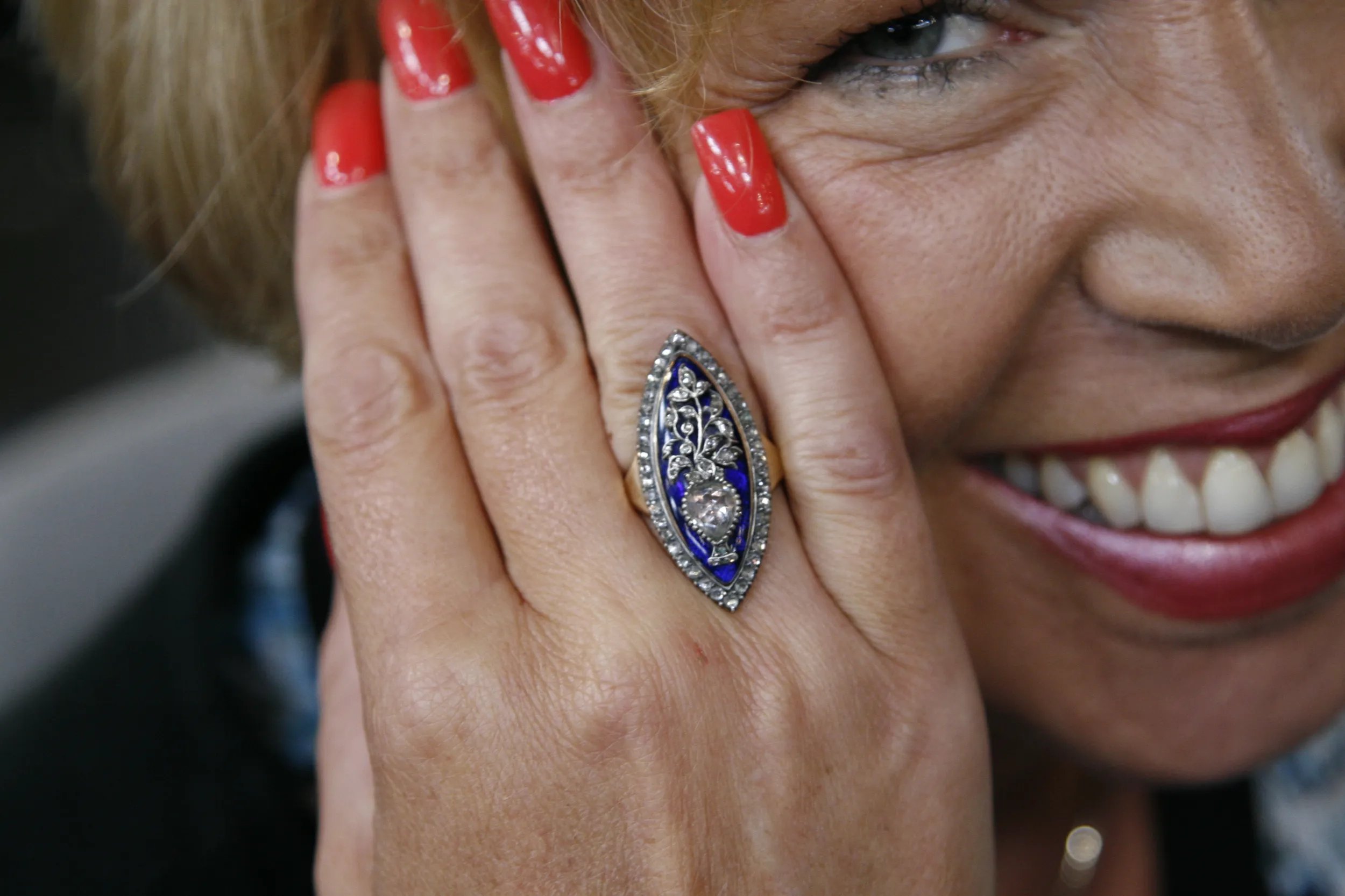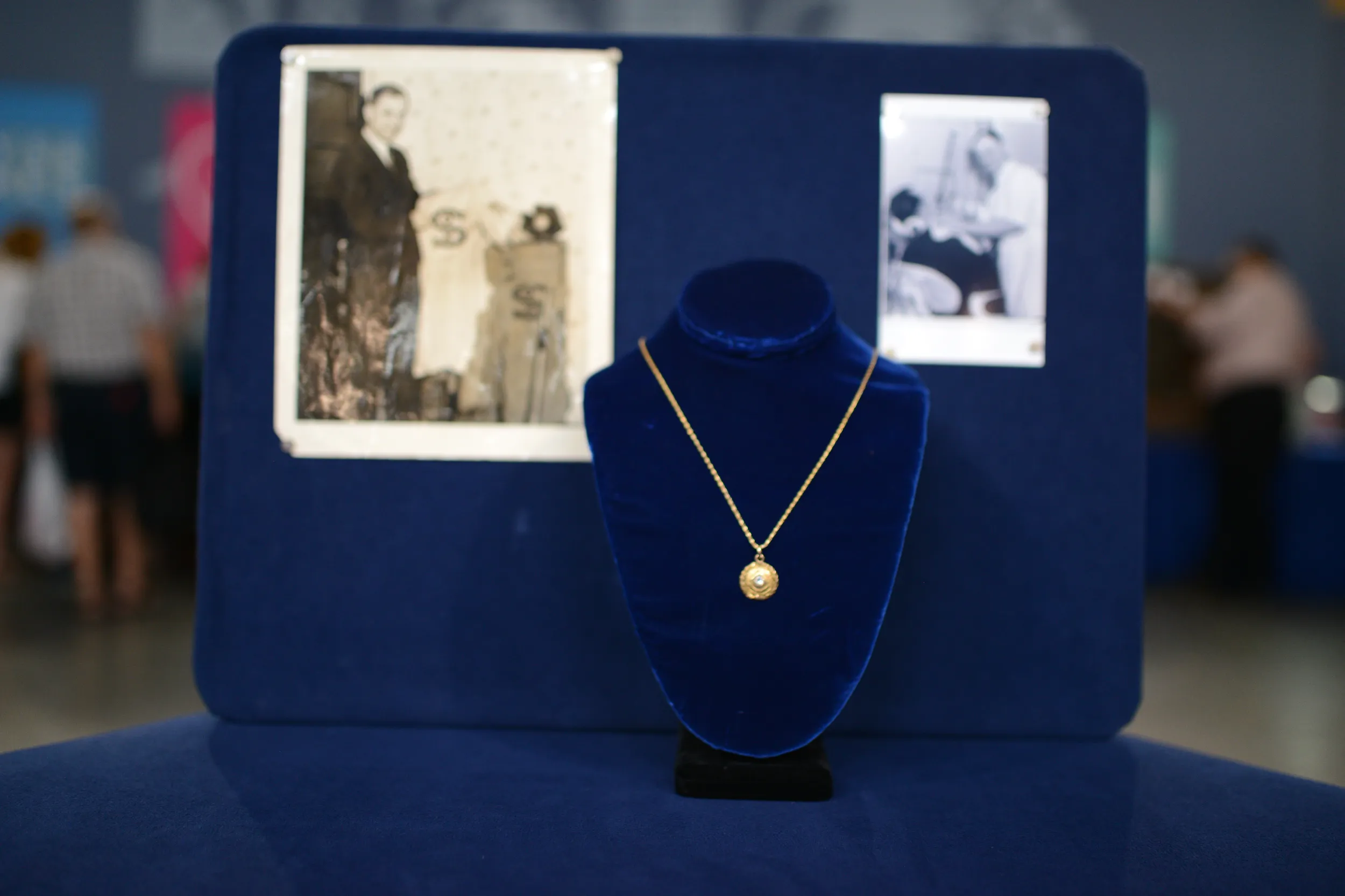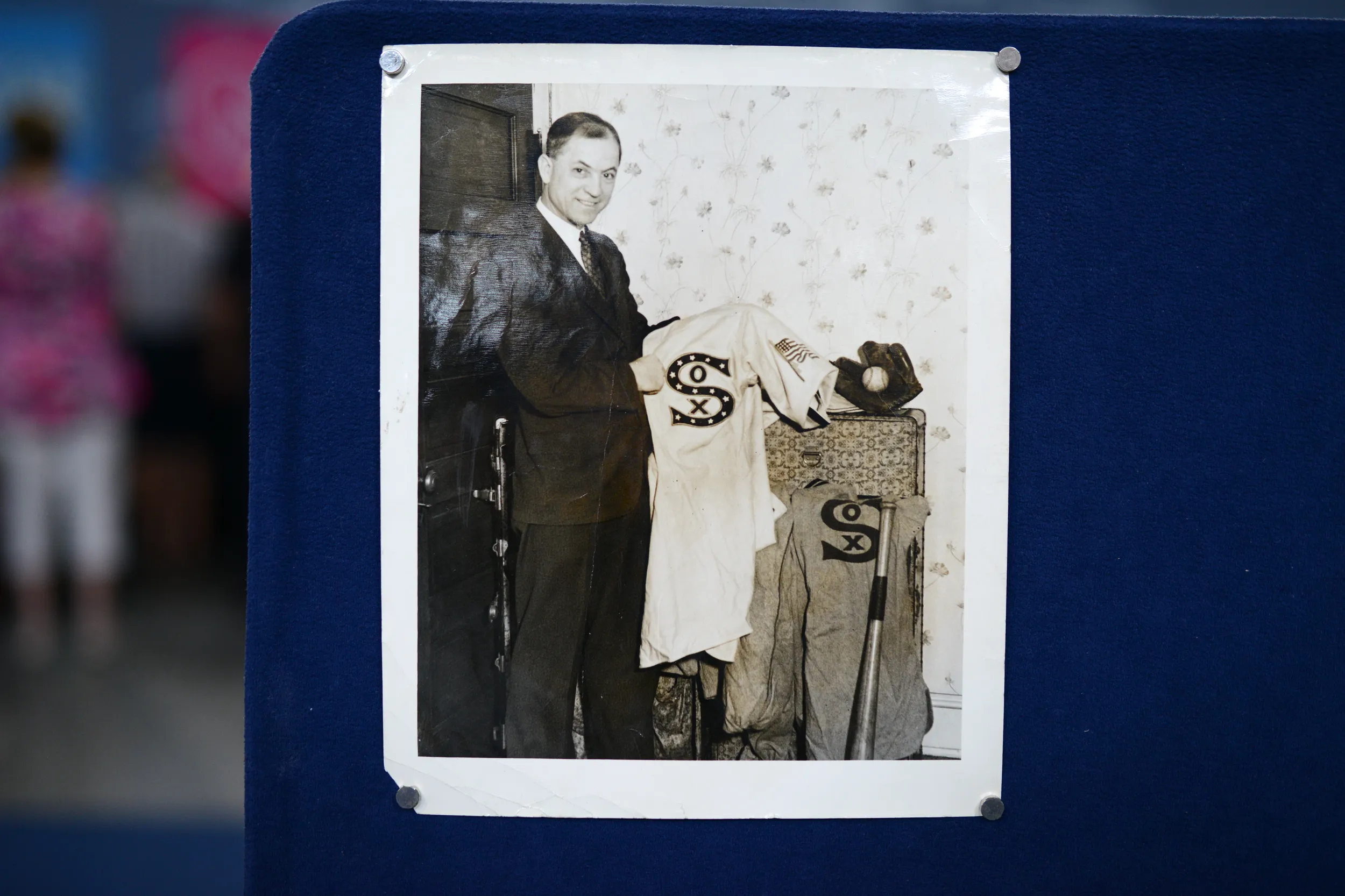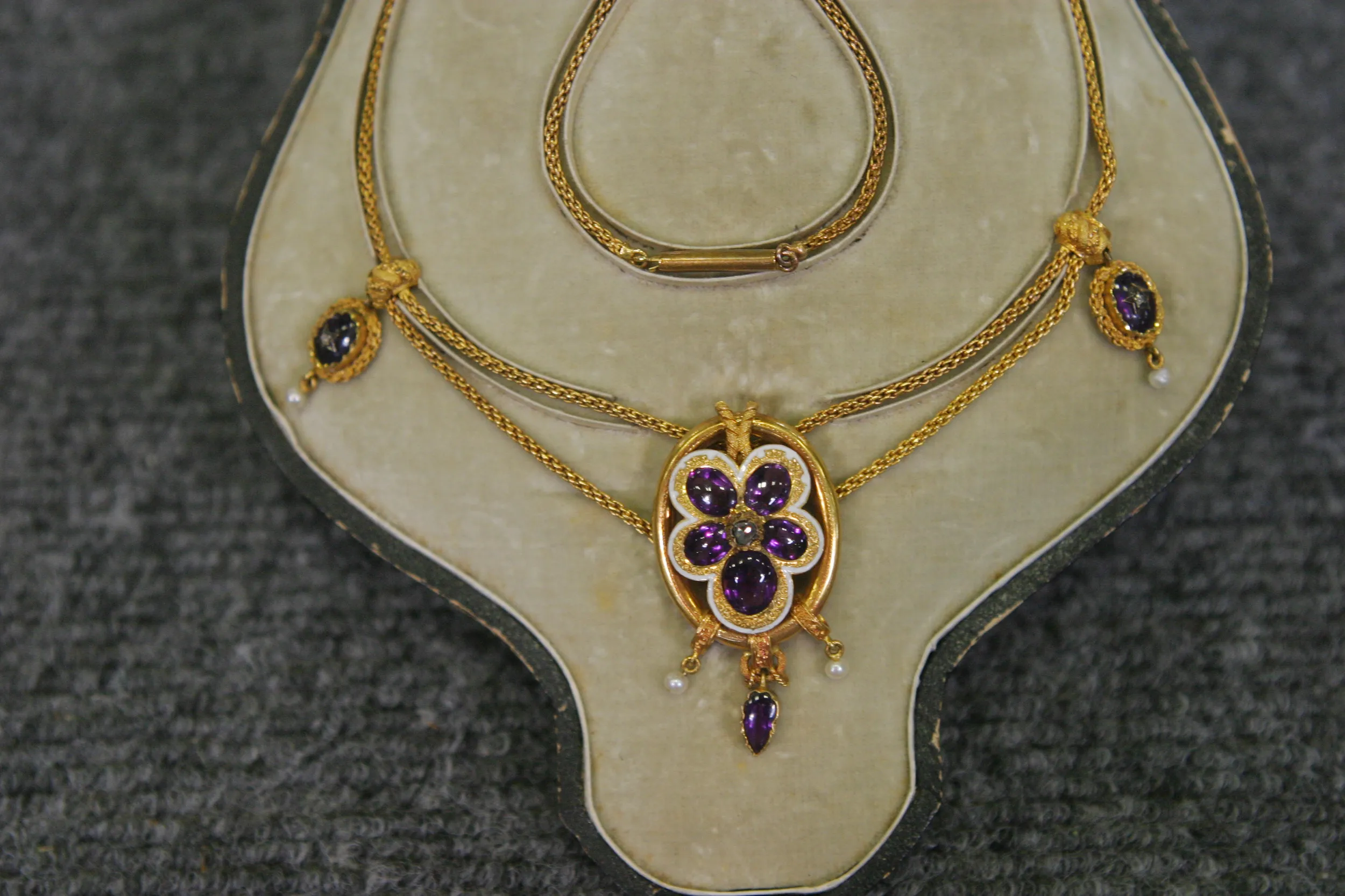APPRAISER: I see that here you have your grandfather with baseball uniforms here. Relief pitcher. And I see him also smiling over here, and it appears he's a dentist.
GUEST: Being a dentist was not a good thing if you were a grandkid, because...
APPRAISER: Did he ever work on you?
GUEST: Oh, yes. He used to get accused of being able to doctor a ball. Some people even said he could break the stitches to make it do certain things. So those are the hands that were going into your mouth and pulling teeth or drilling teeth.
APPRAISER: So we have Dave Danforth. What was he like?
GUEST: Dave was... and we all called him Dave, he was never "Grandfather" to any one of the many grandchildren. He enjoyed life, he never quite grew up even after he finished playing ball. Between walking between his office and his home, there was an elementary school with a sand lot, and he would almost every day stop and hit balls to kids and coach them a little bit.
APPRAISER: Did you ever throw with him?
GUEST: Yeah, oh yeah.
APPRAISER: This is your grandfather with his Chicago White Sox uniform and bat. And this is a 1917 World Series medallion. Tell us about his career with the White Sox.
GUEST: Well, you know, I haven't found a whole lot about it. I think he only pitched one game during that series.
APPRAISER: So your grandfather, Dave Danforth, was one of the first relief pitchers.
GUEST: Yes.
APPRAISER: Usually, pitchers started and completed their games. It's not like today where you have pitchers that come in in the sixth or seventh or eighth or ninth innings. And he pitched primarily for the White Sox from 1915 through 1919, when he was traded. And you mention this sort of shine ball that he created. In 1920, spit ballers and trick pitches were made illegal, but in the teens, it was the Wild West in pitching.
GUEST: Oh, yeah, yeah.
APPRAISER: So the story is that he would rub rosin on his legs and he would rub the ball, scuff it up so it would do crazy things. I think the Sporting News called it the "new-fangled mystery ball."
GUEST: Yeah, yeah.
APPRAISER: And his career took off. It created a lot of controversy for him after 1920, but he had a great career. His best year was 1917. He was 11 and six, he was a phenomenal relief pitcher, he was a big reason why the Chicago White Sox went 100 and 54. It was the only time in history that the White Sox have had a 100-win season as of 2015. In that year, they won the World Series. They beat the Giants four games to two. Today, they have these big honking ginormous rings. In those days, you would get a pin, or you might get a watch fob, or you could get a medallion. This is a quarter-carat diamond, and you'll see on the back his name, and it's marked "14K." Now, have you ever had this appraised?
GUEST: I had it appraised once probably 15 years ago. They said, "Insure it for at least $15,000."
APPRAISER: I would put an auction estimate of probably $40,000 to $60,000 on it today.
GUEST: (laughing): You're kidding. Wow.
APPRAISER: And I would insure it for $75,000 at least.
GUEST: Really? Now it's going back in the safe deposit box for sure.

